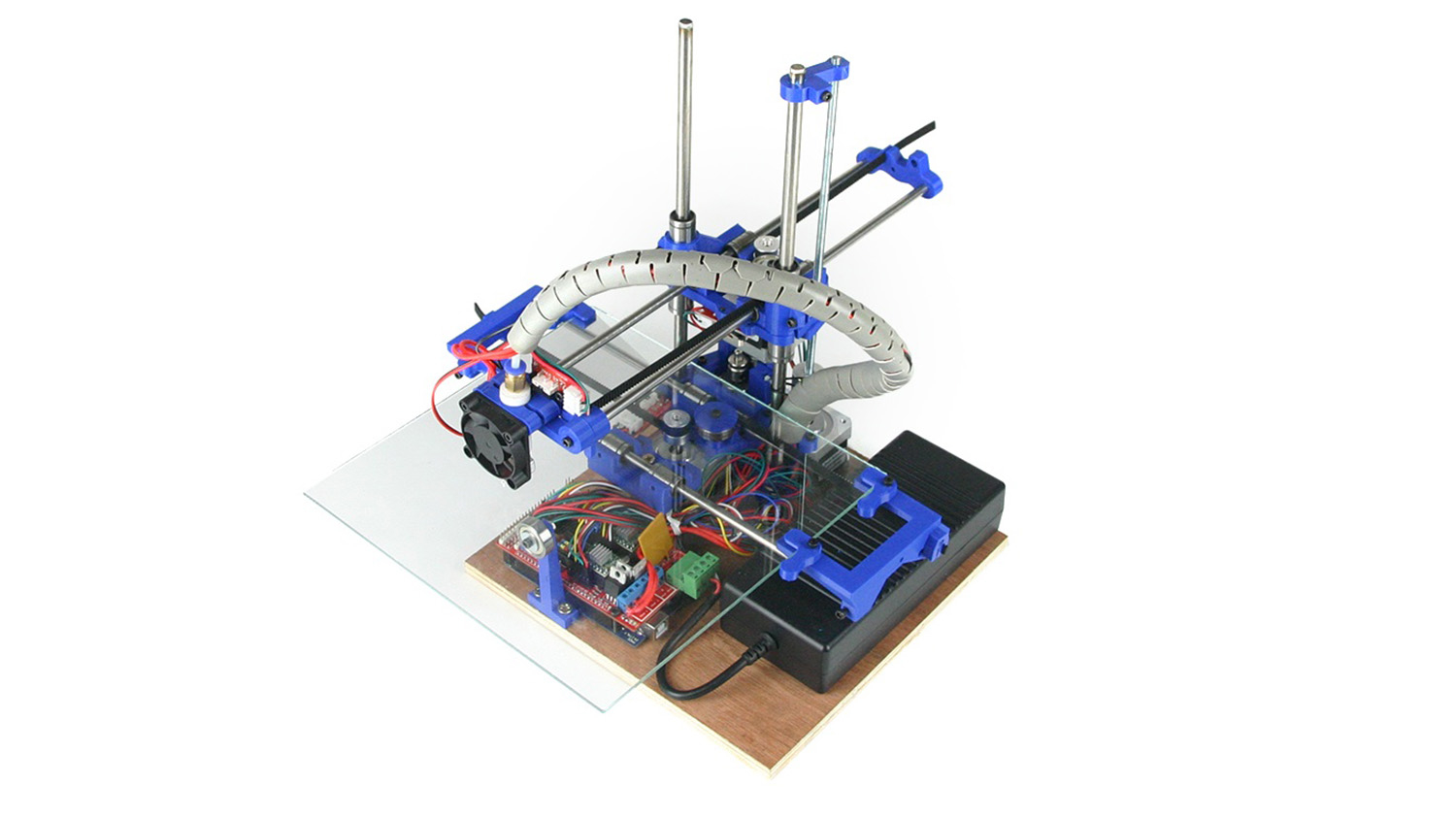Open Source or Closed? For (Some) Tech, It Really Doesn’t Matter

The tech sector prides itself on taking innovative approaches to product development and problem-solving. Some in the tech sector have embraced the concept of open-source technology, which its supporters say encourages innovation. But does open source allow the tech to spread through the marketplace more quickly?
A new study finds that, at least for one field of tech, being open source neither helped nor hurt adoption of the technology.
To learn more, we talked with Michael Stanko, lead author of a paper on the work and an associate professor of marketing and innovation in NC State’s Poole College of Management. The paper, “Building an Understanding of How Winning Products Emerge when Open and Proprietary Products Coexist: Evidence from the RepRap Community,” was published April 13 in the journal Creativity and Innovation Management.
The Abstract: To place your work in context, it’s important to have some idea of what the RepRap community is. Could you give me a brief explanation?
Michael Stanko: RepRaps are self-replicating 3D printers. It is a very science fiction concept, as in “the machines can reproduce.” The idea is that RepRaps can build printable objects as well as copies of themselves. In the earliest published writings about RepRaps, they were referred to as “wealth machines” since they could give people the ability to manufacture items they wanted.
It is not an exaggeration to say that the RepRap community has been one of the most powerful influencers on the desktop 3D printer market. The data used for this study showed that nearly half (45%) of the most popular 3D printers had some connection to the RepRap community.
Adrian Bowyer developed the first RepRap in 2005 at the University of Bath. He wanted others to iterate on his work, improving it and taking it in other directions. This sense of evolution is firmly entrenched in the RepRap community with early printers named after biologists (e.g., Darwin, Mendel). These early printers eventually evolved into hundreds of different, functioning designs as designers around the world altered and improved the designs that came before. Several prominent 3D printing firms have their roots in the RepRap project, including Makerbot, Ultimaker and Prusa Research.
Personally, it was a real treat to interview Dr. Bowyer as part of this project.
TA: Your study looked at whether open-source 3D printing products had advantages over proprietary products in terms of gaining market share, am I getting that right? What made you curious about this?
Stanko: That’s correct. The RepRap community is unusual in that it includes a large quantity of coexisting open- and closed-source printers. This is not to say that this coexistence has been easy. There are certainly some fervent supporters of the open-source movement who have not appreciated products derived from RepRaps being released as proprietary (i.e., closed source). Since increasing the overall population of RepRaps was a community goal, their response was perceived as being lax towards those who used RepRap technology to develop closed-source printers.
There are a few past studies that examine a small number of open-source products and contrast them with a small number of closed-source products to help us understand the situations where open- or closed-source products might have advantages. Finding a context where there are a large number (in this case, 354) coexisting, comparable open- and closed-source products presents a very rare opportunity to examine whether open- or closed-source products have an advantage on the market.
I was essentially trying to get a better understanding of the diffusion of open- and closed-source products. Diffusion is the extent to which a technology becomes widespread. Traditionally, researchers have used things like sales data to measure diffusion. Measuring diffusion for an open-hardware product that may be purchased or may be manufactured by a “parent” RepRap means that in this case the measure for diffusion relies on the number of times the product is rated online by registered 3D printer owners using an online intermediary (in this case, I used 3D Hubs).
TA: How did you go about addressing these research questions? What did the study look like?
Stanko: Fortunately for me, the RepRap community had a historian of sorts, keeping track of new RepRaps in the RepRap Family Database. I first noticed a family tree that was developed using this data, which was a bit of an ‘aha’ moment for me in terms of realizing what I might be able to do with this data. I was able to couple this database with data on market diffusion and product ratings from a different source (3D Hubs) to enable this study.
TA: And what did you find?
Stanko: Whether a printer is open- or closed-source does not significantly affect market diffusion in the RepRap context. I had originally thought that perhaps open-source printers would fare better on early in the life of the community, and that closed-source printers would fare better later. The data showed that timing didn’t matter either – diffusion was not affected by whether products were open- or closed-source regardless of how long the community had matured. Showing this with a relatively large sample (354 printers) of coexisting printers demonstrates that the choice to pursue open- or closed-source models does not dictate a product’s market success.
At the same time, I did observe differences in how consumers rate these open- and closed-source products. Customers rate open-source printers higher in terms of value, but lower in terms of ease of use. Putting these findings together, it seems likely that the superior value but poor ease of use from open-source printers ultimately cancel each other out in terms of their effect on market diffusion.
TA: How could companies make use of what you learned?
Stanko: I can see companies interpreting these findings in a couple ways.
First, a clear lesson here is that there are multiple paths to developing a widely diffused product. Both open- and closed-source products were seen to diffuse in this study.
Second, some companies may look at these results as showing that customers don’t favor open-source products even when those products emerge from a community with many open-source advocates. Given that customers aren’t “voting with their wallets” for open-source products, some companies may prefer to protect their intellectual property with a proprietary (i.e., closed-source) offering.
This post was originally published in NC State News.
- Categories:
- Series:


